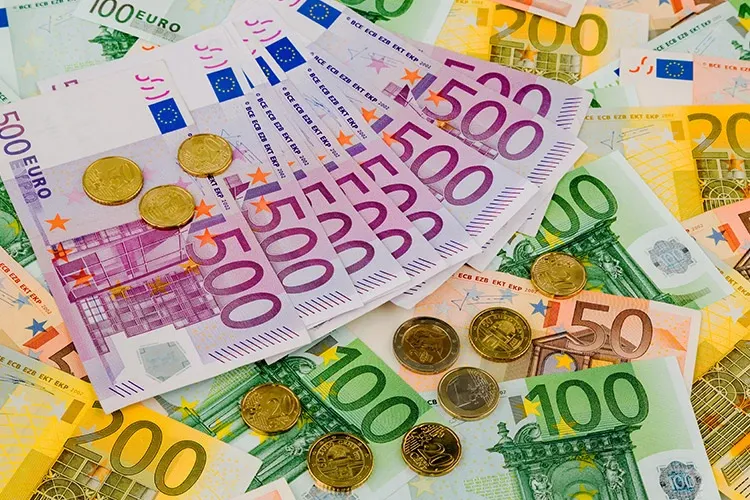Top 10 Emerging Tech Trends to Watch in 2026
Juniper Research released its Top 10 Emerging Tech Trends report for 2026.

A new study by IDC discusses European consumers' attitudes toward adoption of personal finance management (PFM) solutions. The study highlights that the concept of a PFM solution has existed for a few years without ever reaching mainstream acceptance.
However, it has always had backers in the consumer banking industry who see improved analytics capabilities as an opportunity to provide more value-adding information through PFM portals. They also view the mobile channel as a new way of reaching customers and building relationships, and think PFM will provide opportunities for cross-selling.
The study finds that even though currently only 4% people are using PFM solution, around 40% are open to using it in the future. More people prefer using PFM through the online channel than through mobile. This is in line with the generally wider adoption of online than mobile banking. PFM cuts across the mobile-centric strategy of several newer PFM players, which must work out how best to deliver PFM-style insights through the mobile form factor.
IDC believes consumers will generally acquiesce to the growth of PFM solutions and as PSD2 account aggregators come on stream. A mass move on the part of banks toward account aggregation will see existing mobile banking portals integrated with PFM concepts and this way, PFM might become part of the fabric of everyday banking.
If banks are interested in moving into the PFM space, striking a balance between being useful to consumers in terms of providing spending and saving analyses plus helpful insights, while being easy to set up, automated, and generally unobtrusive is likely to see a gradual recognition of PFM's value by a growing number of consumers. They must also weigh the benefits of working with an existing PFM vendor against building out their own PFM-style tools using existing data analytics and through their existing channels.